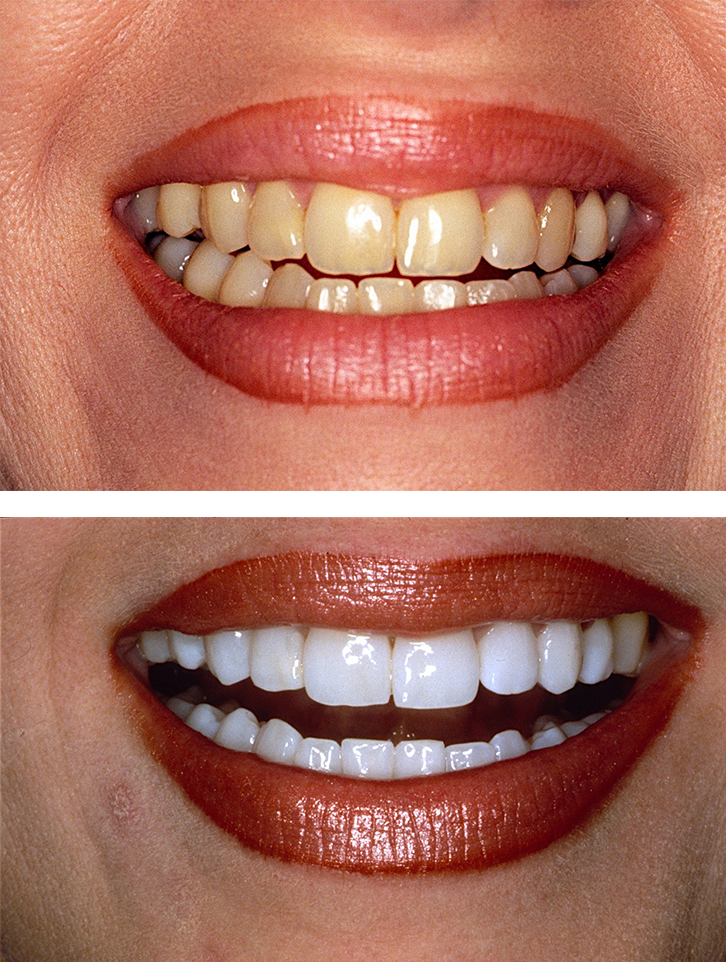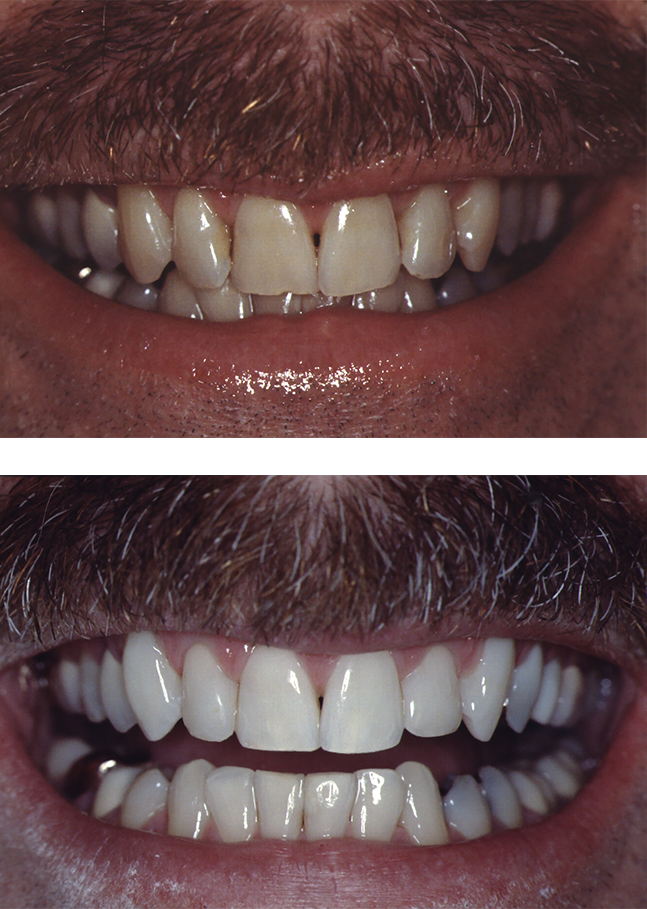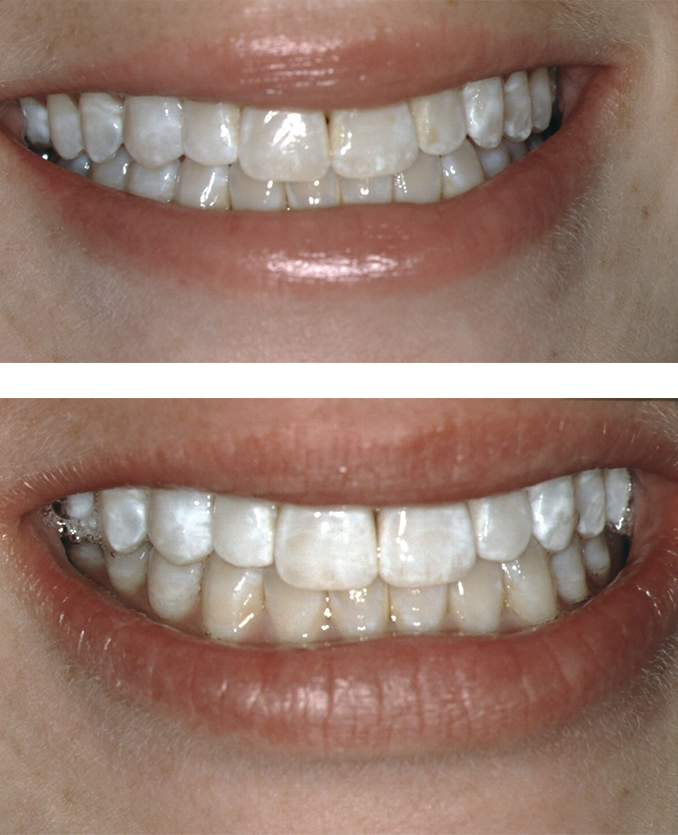If you’d ask me, I’d say anyone can get their teeth whitened by their dentist and achieve great results. Little did I know, certain shades bleach better than others, and some types of tooth discoloration won’t benefit from the teeth-whitening treatments at all. If you’re considering teeth whitening, Atlanta cosmetic dentist Ronald E. Goldstein, DDS says knowing your tooth color before bleaching your teeth is very important.
“Make sure you examine the color of your teeth in natural light,” he advises. “Try to determine if your teeth are of one solid color or broken up with different shades. Most all solid colors will bleach to some degree. However, if you see distinct colors, where and what shades do you see? Many front teeth have some translucency, which may even appear blue or gray, especially in the biting edges of your front teeth. If you see a lot of translucencies, be careful of how many bleaching treatments you have because the more you bleach that part of your teeth can become even more translucent.”
A consultation with a cosmetic dentist will be crucial to determine your tooth color, as well as figure out just how white you want your smile to appear. “Select the appropriate treatment based on your needs, desires and budget,” says Dr. Goldstein. “Consider the most practical treatment for you now, step by step, and then you can plan on enhancing your overall smile transformation later.”
Below, Dr. Goldstein shares three different types of tooth discoloration and how each was impacted by in-office tooth bleaching: three 20-minute sessions of in-office Opalescence 40-percent boost.
- If your teeth are a more opaque shade of yellow—not ideal, but it’s more common than you’d think—Dr. Goldstein says this color tends to bleach the best. “This patient [below] has a bright-yellow opaque tooth structure that lightened considerably with in-office bleaching.”

2. This patient’s teeth [below] had more of a brownish tone, but because they were all one color, Dr. Goldstein says he was a viable candidate for in-office bleaching. “The ‘after’ photo shows he was an excellent candidate. To keep the shade as bright as possible, he also did follow-up at-home treatments using a plastic matrix made in the dental office. A carbamide peroxide gel was dispensed as needed.”

3. Below is a case of a patient with many white spots on her teeth. “They are called hypocalcification, and if the teeth are bleached, the white spots get even whiter,” says Dr. Goldstein. “Although tooth polishing or cosmetic contouring with diamond burs can many times eliminate or help reduce the white areas, bleaching is usually not the answer. Nevertheless, this patient wanted to try just one bleaching treatment in the dental office, and you can see the result. In this case, porcelain veneers would have been the better choice.”

Find a Doctor
Find a NewBeauty “Top Beauty Doctor” Near you
